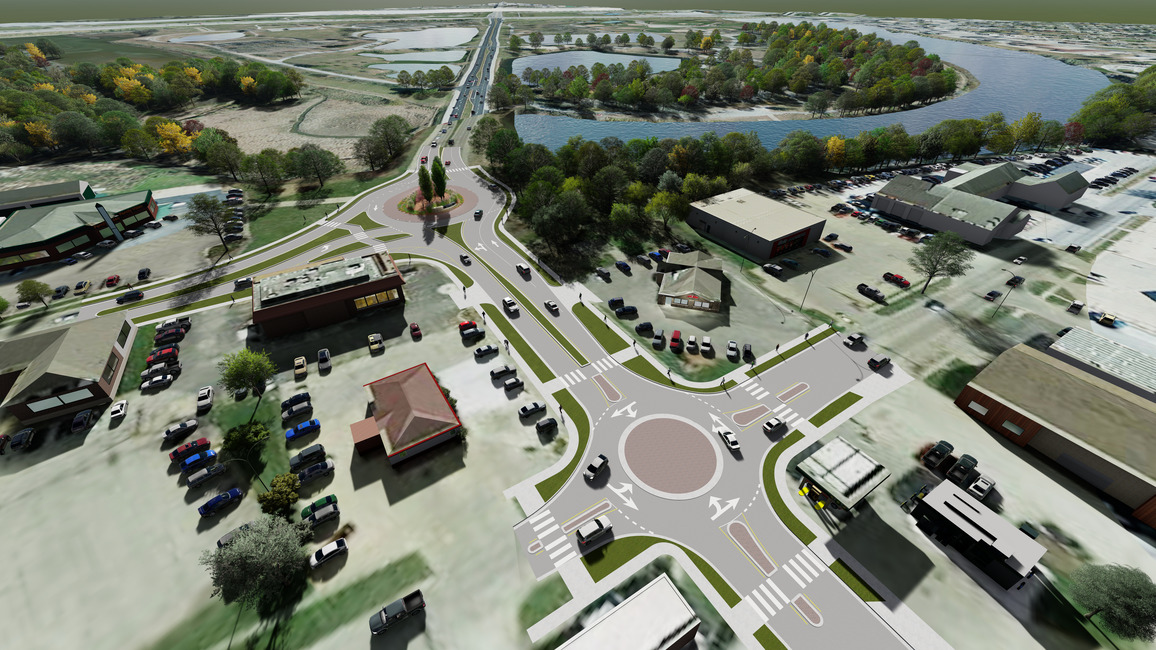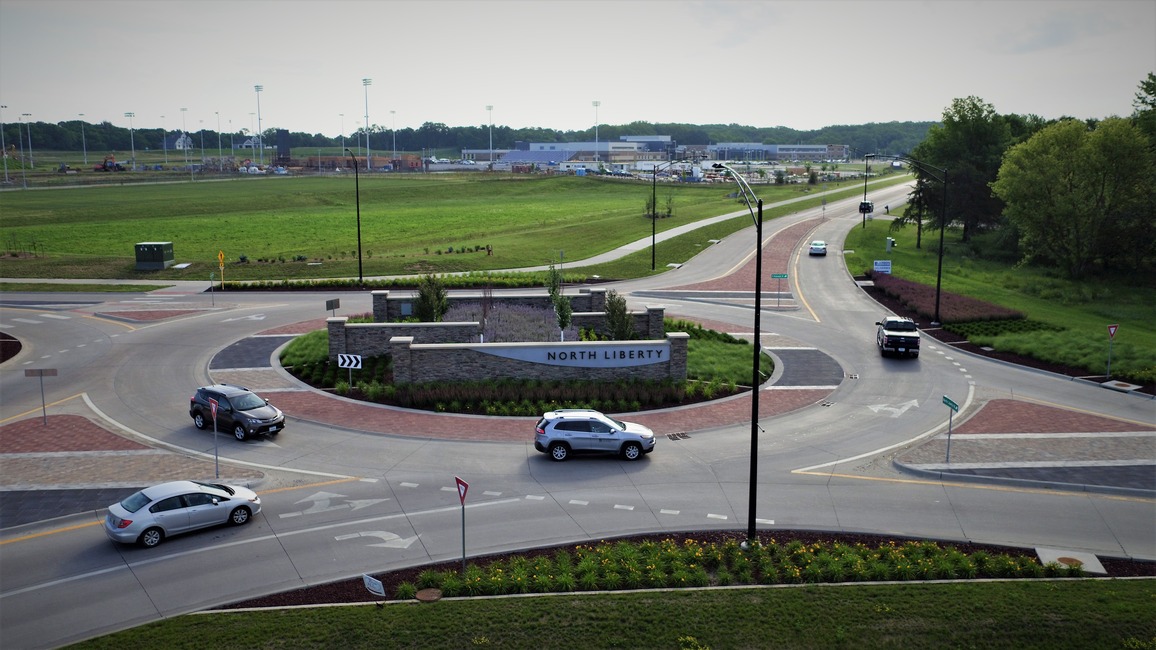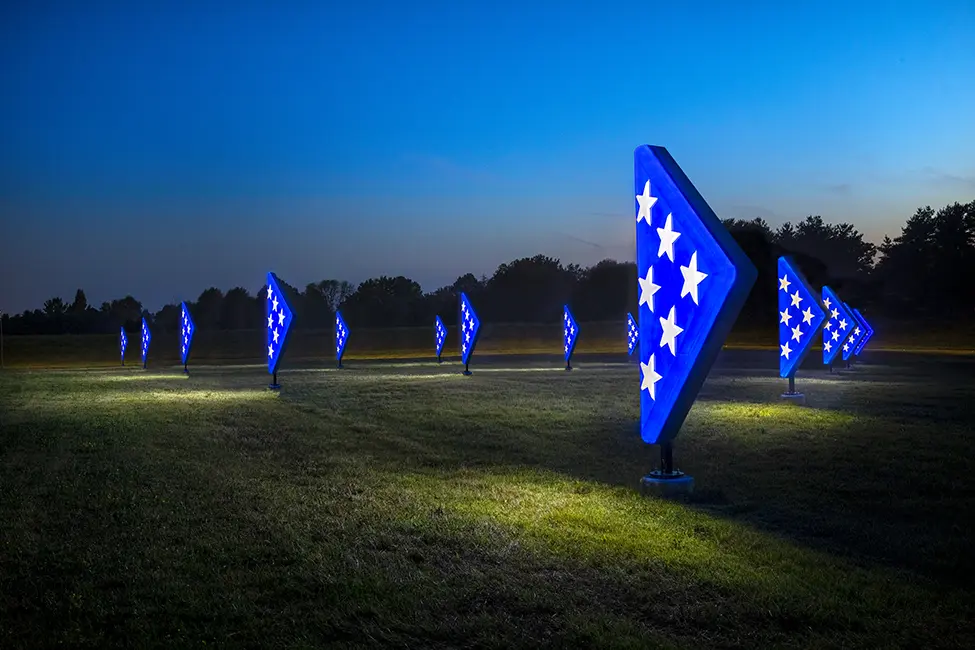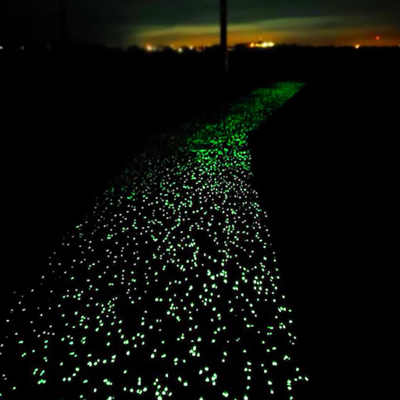Communities are challenged to provide transportation systems that enable traffic to flow efficiently and safely. Whether it is a new roadway or improvements to an existing corridor, each location is unique so determining the best options for transportation solutions depends on a wide range of variables. These can include site challenges, the volume of traffic, and mix of users including pedestrians and bicyclists.
Roundabouts meet the demands of both the traveling public and local communities for safe, efficient traffic flow. They can be used to address issues of safety, speeding, aesthetics, access, site distance, sustainability, capacity, signal not warranted, or a combination of these factors. The design of a roundabout starts with identifying and understanding these problems and creating a solution that meets the community’s needs. A well-designed roundabout can turn even a reluctant user into a fan.
The installation of a well-designed roundabout can:
- Keep traffic moving efficiently; reducing delays specifically during the nonpeak hours.
- Increase safety. With reduced speeds, 90% fatal crash reduction has been documented by the Federal Highway Administration
- Provide locations for pedestrians and bicyclists to navigate intersections safely
- Create aesthetically pleasing intersections that can be used as a gateway to a community or beautify a campus roadway network
You Do What?! Roundabouts?! Video
Cedar Falls: Greenhill Road and South Main Street Roundabout
Stay in Touch for Monthly Shive-Hattery Industry Insights
More Traffic & Transportation Projects
Creating the foundations that support community growth.
We're Learning, Growing + Sharing
Stay on top of the latest industry trends as we share how we are staying ahead of them.
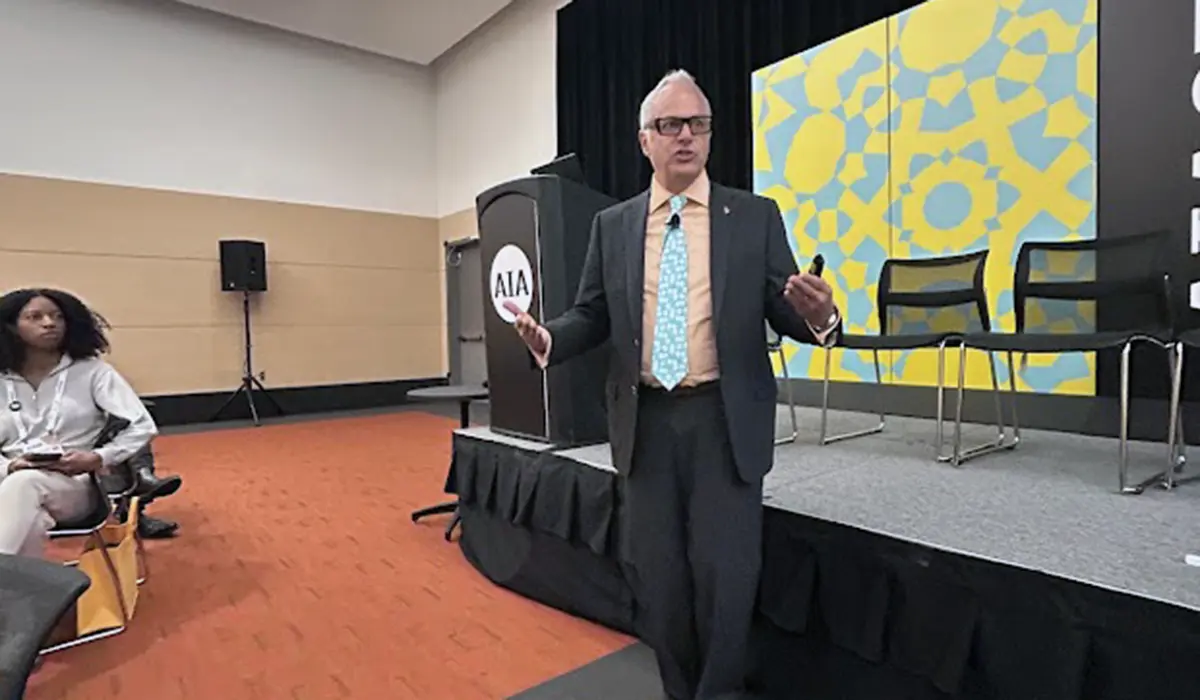
Designing Confidence

Lisa Schettler Receives IIDA Icon Award for Leadership in Interior Design

From Service to Structure


